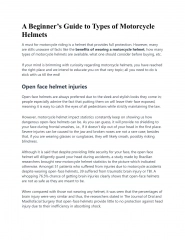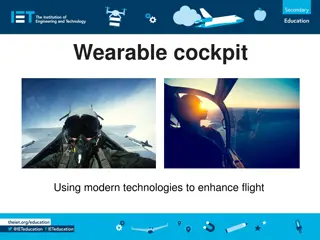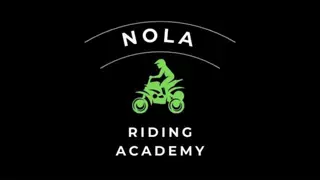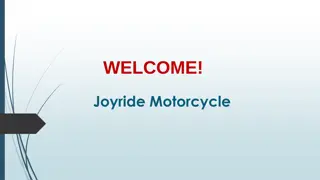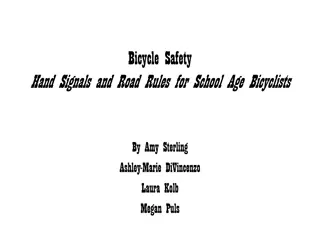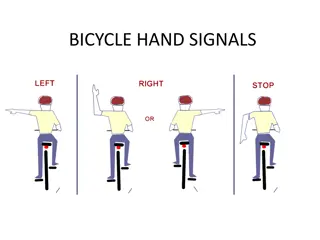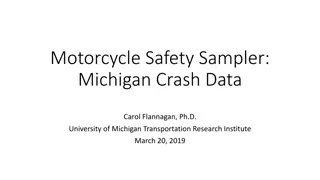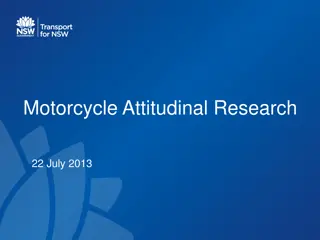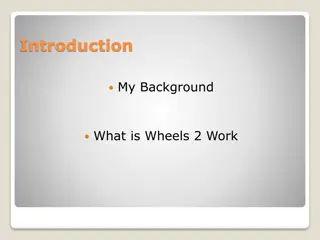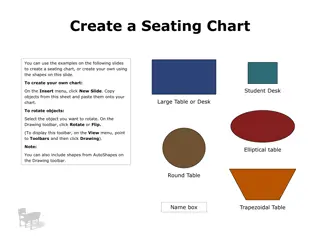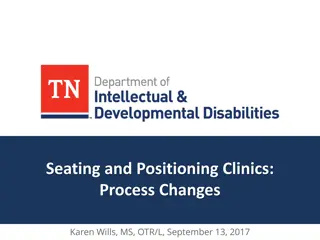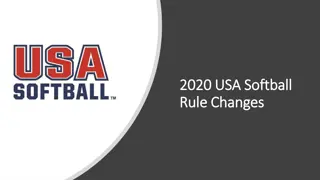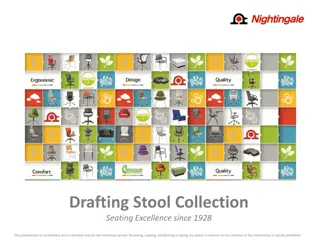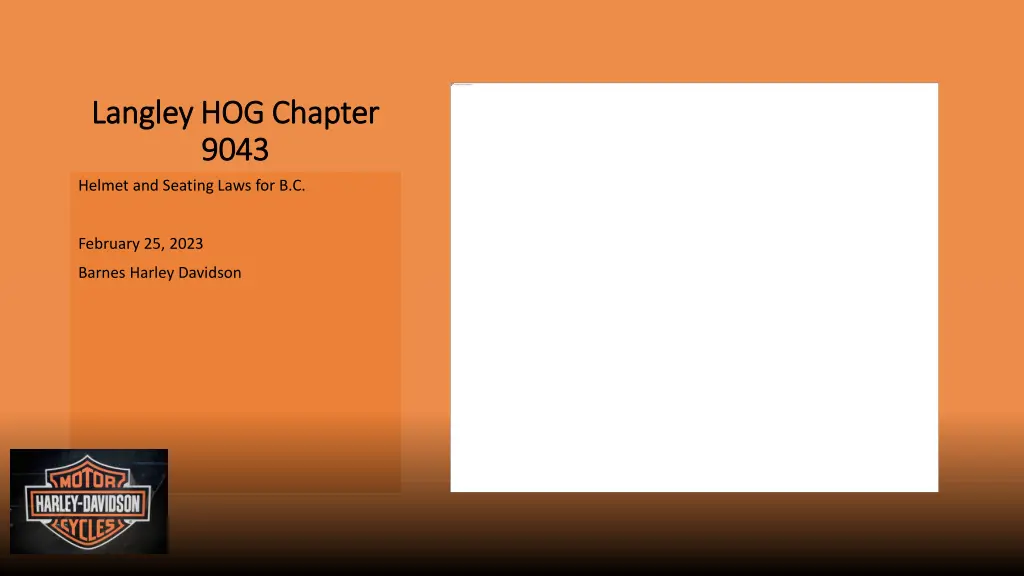
Motorcycle Safety Laws Overview in British Columbia
"Learn about the helmet and seating laws for motorcyclists in British Columbia, emphasizing the importance of wearing approved helmets to prevent head and neck injuries. Discover the safety standards for approved helmets and a checklist for buying a suitable helmet for motorcycle riders."
Download Presentation

Please find below an Image/Link to download the presentation.
The content on the website is provided AS IS for your information and personal use only. It may not be sold, licensed, or shared on other websites without obtaining consent from the author. If you encounter any issues during the download, it is possible that the publisher has removed the file from their server.
You are allowed to download the files provided on this website for personal or commercial use, subject to the condition that they are used lawfully. All files are the property of their respective owners.
The content on the website is provided AS IS for your information and personal use only. It may not be sold, licensed, or shared on other websites without obtaining consent from the author.
E N D
Presentation Transcript
Langley HOG Chapter Langley HOG Chapter 9043 9043 Helmet and Seating Laws for B.C. February 25, 2023 Barnes Harley Davidson
Helmet and Seating Laws Overview Motorcyclists are over-represented in road trauma statistics. In British Columbia motorcycles are estimated to make up about three percent of insured vehicles, yet motorcycles are involved in approximately ten per cent of road fatalities. Between 1996 and 2010, motorcycle fatalities increased 57 percent. The fatality rate for young drivers under 25 years of age is on average 15 times higher than drivers over 25 years of age. Motorcycles are considered vulnerable road users for a number of reasons. Motorcycles have only two points of contact with the road, requiring skillful control on the part of the driver to maintain balance, speed and traction to prevent collisions. Motorcycles are small and narrow, so other road users have more difficulty seeing motorcycles and estimating their distance and speed. Motorcycles offer much less impact protection than being inside a passenger vehicle. Some Motorcycles are built for speed and performance levels significantly higher than automobiles.
Helmet and Seating Laws What motorcycle riders need to know Helmet Laws Did you know that one in five motorcycle crashes results in head or neck injuries for the rider? Wearing a proper motorcycle safety Helmet is one of the most important factors in preventing or reducing these injuries. The Law requires motorcycle operators and passengers to wear an approved motorcycle safety helmet. Operators must ensure all passengers younger than 16 year wear an approved motorcycle safety helmet. The helmet laws also apply to limited-speed motorcycles . An exception is made for people of the Sikh religion with unshorn hair who wear full turbans. Failure to meet these requirements may result in a fine and seizure of any non-compliant helmet (such as novelty beanies) . Failure to produce a helmet for inspection is also an offence.
Approved Helmets A motorcycle Helmet must meet one of the following Safety standards: 1. DOT: conformance with Federal Motor Vehicle Safety Standard No 218; Motorcycle helmets (United States of America), also known as FMVSS 218 (49CFR571.218). 2. Snell M2005 or Snell M2010: certification in accordance with the Snell Memorial Foundation 2005 or 2010 Standard for Protective Headgear for Use with Motorcycles and other Motorized Vehicles. 3. ECE: approved in accordance with the United Nations Economic Commission for Europe (ECE) ECE Regulation No. 22 Your Safety Helmet must display the proper label DOT, Snell and ECE helmet Standards each contain specific labelling requirements.
Checklist for Buying a Helmet Choose a Helmet that meets DOT, Snell or ECE Helmet Safety Standards Be sure it displays the proper label and meets Safety-Helmet labelling requirements. A full-face helmet provides the best protection in a collision as well as protection from wind, dust, rain, insects and debris. It s the only type that protects your face. Be seen. Choose a bright colour (white makes you more visible). Add reflective tape to the sides and back for great visibility. Go for fit. Your helmet should feel snug around your entire head. Wear it for 10 tp 15 minutes in the store to ensure no pressure points develop which can cause headaches while riding. Be aware that the padding may compress over time and the fit may become looser. The Helmet chin strap is important. It keeps the Helmet on your head if you are in a crash. Check the chin strap mechanism. Make sure it s easy to fasten, release and adjust. Be sure it can be fastened securely. Avoid buying a used helmet. It may have been in a crash and the damage may not be obvious. Already own a Helmet? You should replace it if it s been dropped, in a crash or showing signs of wear.
Helmet and Seating Laws Helmet and Seating Laws Full face helmets and visors are not required and riders are free to choose any helmet colour they prefer. However, eye protection and brightly coloured helmets are strongly recommended to help prevent collisions, injuries and fatalities. Uncertified, novelty beanies do not meet the requirements.
Warning: The Following Slides are very Graphic and may be disturbing to some people.
Warning: The Following Slides a very Graphic and may be disturbing to some people.
Warning: The Following Slides a very Graphic and may be disturbing to some people.
Seating laws B.C. Motorcycle seating laws promote rider and passenger safety The Law requires that: The operator of a motorcycle must be seated astride the driver s seat Passengers must be seated behind the operator astride the passenger's seat with the feet on footpegs or on the floorboards, or be properly seated in a side car. As the motorcycle operator, you re responsible to ensure passengers younger than 16 are properly seated. Any passengers, including children, who can t reach footpegs are not permitted to ride as passengers on your motorcycle. Failure to comply with seating laws may result in a fine or vehicle impoundment.
Helmet and Seating Laws Questions!

